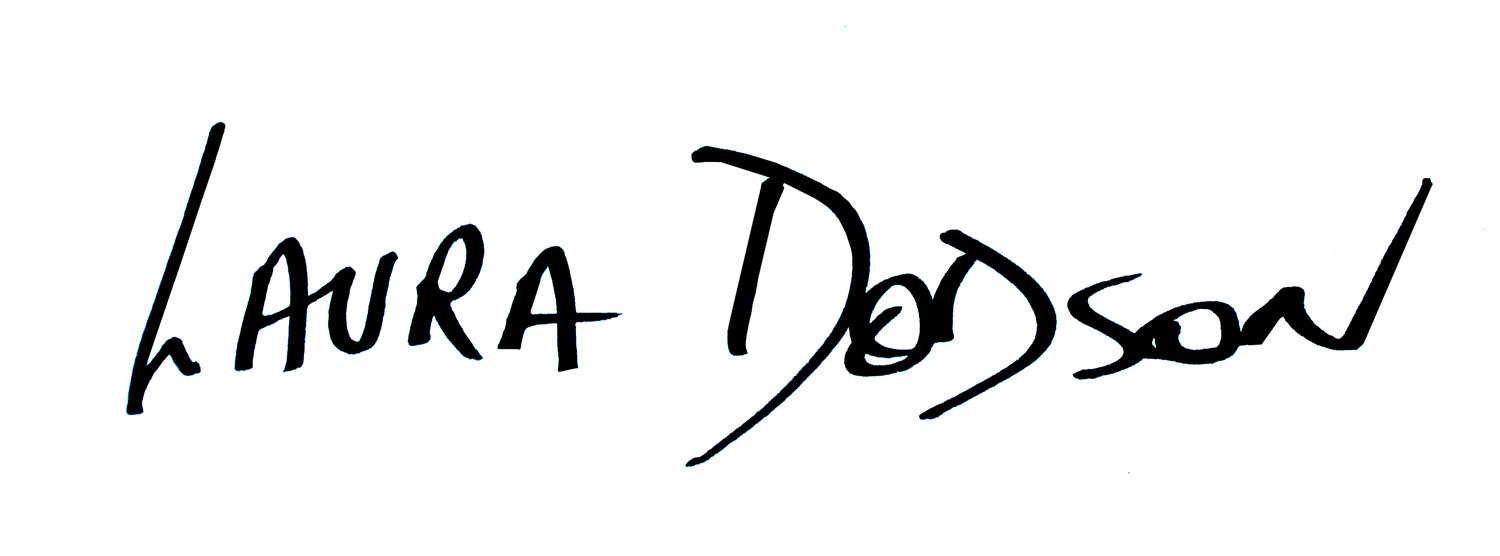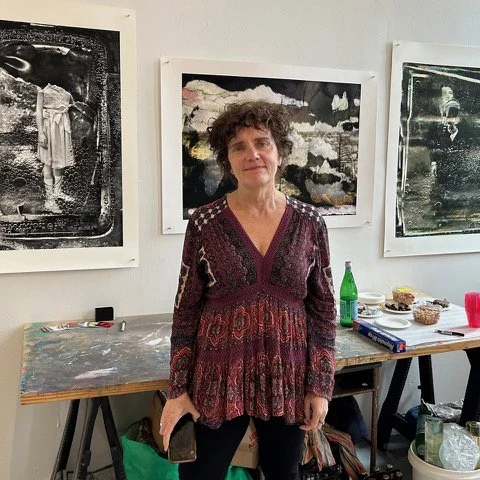Oct 2024 WHAT's UP@SOHOPHOTO Newsletter by Norman Borden
Laura Dodson’s Journey
NB: Do you remember when you started taking photographs, what camera did you use? What was your photographic education? Workshops? College courses? Which photographers have influenced you?
LD: My first job was a 1980 research internship in Washington DC for the Carter administration. When six months into my brilliant career he lost the election. I dealt with despondence and unemployment by taking the improbable path of becoming an artist. I bought a Pentax ME Super and enrolled in the Corcoran School of Art where I studied painting – but looking back, I spent all my hours in the darkroom. I was later accepted for a Master’s degree at Pratt Institute (in Brooklyn) , where the photography department eventually kidnapped me from the painters. My instructors were all black and white street shooters, but my deepest inspirations were photographers such as Ralph Eugene Meatyard and Francesca Woodman who were creating fictional narratives in a directorial fashion. I was also passionate about color, and very taken by Nan Goldin’s first exhibitions.
NB: What do you like to photograph? What is your process? What shows have you had?
LD: When I graduated from Pratt, I moved to my mother’s homeland in Greece where I established myself as a photography professor, an exhibiting artist, and an art critic. My then husband had a studio and a bulky 4X5 Sinar which changed my way of seeing. I started thinking about creating expressive still lifes ) that nevertheless had, like Goldin’s work, a strong personal narrative. I photographed my old dolls, my clothing, and objects that I came to realize stood for surrogates of my experience as a woman, a child, a mother. The process of adding onto the studio table rather than subtracting from reality became very attractive to me, as it took me back to my roots as a painter. I started manipulating lights, throwing in liquids and bubbles, ribbons and glitter, foods and condiments. My compositions became surprising, unpredictable, surreal.
When Photoshop came into play, rather than bemoaning the end of photography, I felt, like many, that my world was expanding. The software lent itself to automatism, a layered mixology, which I had previously been achieving with kitchen chemistry. I started scanning in vintage photographs and letters, including phone snaps, snippets of paintings, closeups of textures. I was particularly drawn to the texture of water, which lends itself to transparency and mutability. I continue to think of my works as still lifes, and my challenge has always been to infuse them with animation and meaning.
NB: How did you hear about Soho Photo? When did you join the gallery? How have you benefitted from membership?
LD: My return to New York after 20 years abroad proved very difficult because it was a bigger pond, and rather unforgiving when it came to reestablishing myself in middle age. Full time teaching positions were taken, magazines were folding, galleries, including my own had closed. People were interacting online rather than in person, as it seemed, was art itself. Then eventually when things fell into place again, the pandemic hit. I joined SoHo Photo shortly thereafter, as a way to regain a photographic community, exchange ideas with “real person” peers, in a space that was neither pretentious, nor virtual. There is drama in the group, and humor, and intelligence and good will. There is conversation and camaraderie, lots of talent, and many opportunities to give back to the collective. It’s a family niche in an overwhelming city, and it is very welcoming.

